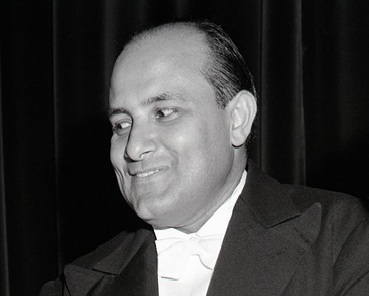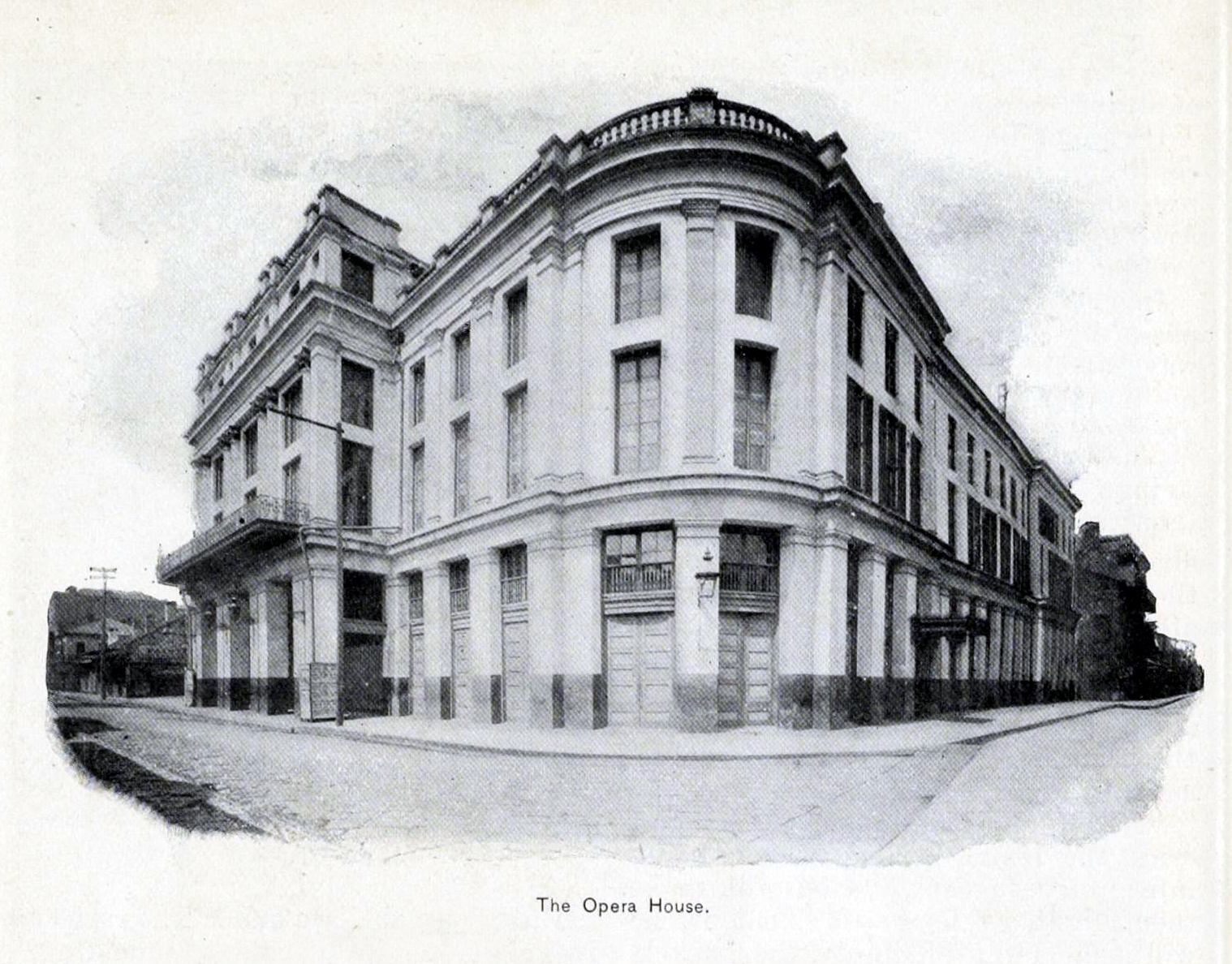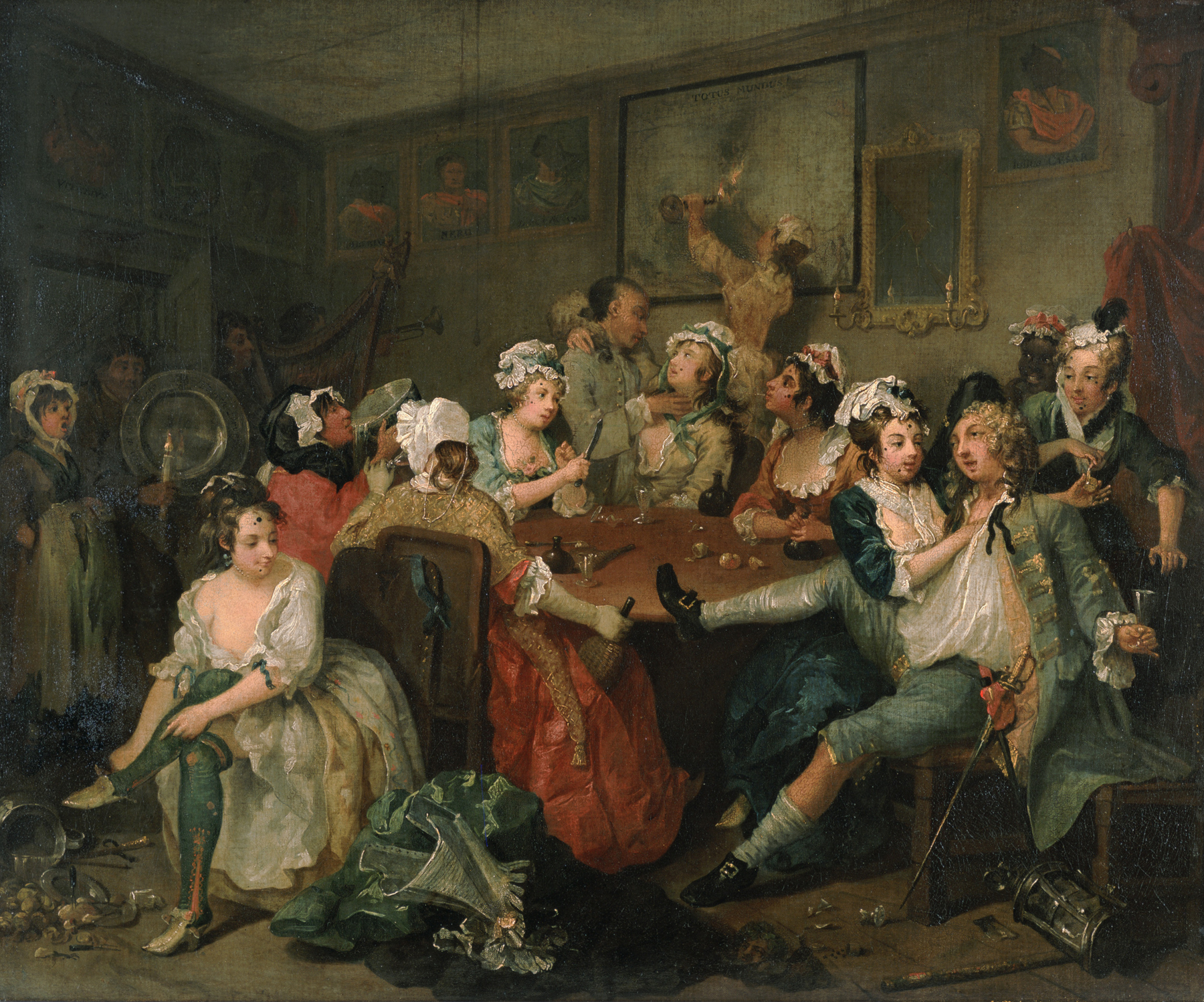|
Eugene Conley
Eugene Conley (March 12, 1908 – December 18, 1981) was a celebrated American operatic tenor. Born in Lynn, Massachusetts, Conley studied under Ettore Verna, and made his official debut as the Duke of Mantua in ''Rigoletto'', at the Brooklyn Academy of Music in 1940. In 1945, he first appeared with the New York City Opera, as Rodolfo in ''La bohème'', and went on to appear with that company until 1950. He also sang with the Opéra-Comique in Paris, the Teatro alla Scala in Milan (''I puritani'', 1950; and ''Les vêpres siciliennes'' opposite Maria Callas, 1951), and Covent Garden in London. The tenor made his Metropolitan Opera debut in 1950, in the title role of ''Faust'', and appeared with the Met many times until 1956. On television, he appeared on "The Voice of Firestone" (1950–53) and "Cavalcade of Stars" (1951-52). Conley was artist-in-residence at the University of North Texas College of Music from 1960 until his retirement in 1978. From 1960 to 1967, he directed it ... [...More Info...] [...Related Items...] OR: [Wikipedia] [Google] [Baidu] |
Tenor
A tenor is a type of classical music, classical male singing human voice, voice whose vocal range lies between the countertenor and baritone voice types. It is the highest male chest voice type. The tenor's vocal range extends up to C5. The low extreme for tenors is widely defined to be B2, though some roles include an A2 (two As below middle C). At the highest extreme, some tenors can sing up to the second F above middle C (F5). The tenor voice type is generally divided into the ''leggero'' tenor, lyric tenor, spinto tenor, dramatic tenor, heldentenor, and tenor buffo or . History The name "tenor" derives from the Latin word ''wikt:teneo#Latin, tenere'', which means "to hold". As Fallows, Jander, Forbes, Steane, Harris and Waldman note in the "Tenor" article at ''Grove Music Online'': In polyphony between about 1250 and 1500, the [tenor was the] structurally fundamental (or 'holding') voice, vocal or instrumental; by the 15th century it came to signify the male voice that ... [...More Info...] [...Related Items...] OR: [Wikipedia] [Google] [Baidu] |
Lincoln Center
Lincoln Center for the Performing Arts (also simply known as Lincoln Center) is a complex of buildings in the Lincoln Square neighborhood on the Upper West Side of Manhattan. It has thirty indoor and outdoor facilities and is host to 5 million visitors annually. It houses internationally renowned performing arts organizations including the New York Philharmonic, the Metropolitan Opera, the New York City Ballet, and the Juilliard School. History Planning A consortium of civic leaders and others, led by and under the initiative of philanthropist John D. Rockefeller III, built Lincoln Center as part of the "Lincoln Square Renewal Project" during Robert Moses's program of New York's urban renewal in the 1950s and 1960s."Rockefeller Philanthropy: Lincoln Center" ( |
Walter Herbert (conductor)
Walter Herbert (né Seligmann; February 18, 1898 – September 14, 1975) was an American conductor and impresario of German birth, and also a world champion at contract bridge. Operatic career He was born Walter Seligmann in Frankfurt, and studied composition under Arnold Schönberg in Vienna. He gained experience as conductor in Germany and Switzerland, and was later appointed chief conductor at the Vienna Volksoper (1931–38). His operatic debut was with '' Carmen'', at the Stadttheater Bern in 1925. Shortly before the 1938 Anschluss of Germany and Austria, Herbert visited Japan to introduce modern western classical music to that country. From there he migrated to the United States, and became an American citizen in 1944. Herbert was director of Opera in English (San Francisco, 1940–43); and in 1943 was appointed the first general director of the New Orleans Opera Association, which post he held until 1954. He founded the Houston Grand Opera in 1955, where he remained as b ... [...More Info...] [...Related Items...] OR: [Wikipedia] [Google] [Baidu] |
Norman Treigle
Norman Treigle (né Adanelle Wilfred Treigle (March 6, 1927February 16, 1975) was an American operatic bass-baritone, who was acclaimed for his great abilities as a singing-actor, and specialized in roles that evoked villainy and terror. Biography Treigle ( ) was born in New Orleans, the fifth and final child of a poor carpenter and his wife. Following his 1946 marriage to the former Loraine Siegel, the bass-baritone began vocal studies with the contralto Elisabeth Wood. In 1947, he made his operatic debut with the New Orleans Opera Association, as the Duke of Verona in '' Roméo et Juliette''. Between 1949 and 1951, he attended Loyola University of the South's College of Music, while performing various roles with the local opera company. ( Loyola's archives now preserve Treigle's personal papers.) In 1953, Treigle made his New York City Opera debut, as Colline in ''La bohème''. Three years later, the bass-baritone scored his first significant success, as the tormented Reve ... [...More Info...] [...Related Items...] OR: [Wikipedia] [Google] [Baidu] |
Hilde Gueden
{{disambiguation ...
Hilde may refer to: * Hilde (given name) * ''Hilde'' (film), a 2009 German biopic film * MV ''Hilde'', a Kriegsmarine coastal tanker *Tom Hilde (born 1987), Norwegian ski jumper Characters * Hilde (Soulcalibur), a character in the ''Soul'' series * Hilde Schbeiker, a character in ''Mobile Suit Gundam Wing'' * Hilde (7 days), a character in "7 days" mobile game See also * Hild (other) *Hilda (other) Hilda is a feminine given name. It may also refer to: Places * Hilda, Kentucky, an unincorporated community in Rowan County, Kentucky * Hilda, Taney County, Missouri, an unincorporated community * Hilda, South Carolina, a town * Hilda, Texas, ... [...More Info...] [...Related Items...] OR: [Wikipedia] [Google] [Baidu] |
Leonard Warren
Leonard Warren (April 21, 1911 – March 4, 1960) was an American opera singer. A baritone, he was a leading artist for many years with the Metropolitan Opera in New York City. Especially noted for his portrayals of the leading baritone roles in the operas of Giuseppe Verdi, he had few rival baritones in his time. His power and range were the highlights of his vocal instrument. Biography Born Leonard Warenoff in the Bronx to Russian Jewish immigrant parents, Warren was first employed in his father's fur business. In 1935, he joined the chorus at Radio City Music Hall. In 1938, he entered the Metropolitan Opera Auditions of the Air. The Met sent him to Italy that summer with a stipend to study. Returning to the United States, Warren made his concert debut at the Metropolitan Opera in excerpts from ''La traviata'' and ''Pagliacci'' during a concert in New York City in November 1938. His operatic debut took place there in January 1939, when he sang Paolo in ''Simon Boccanegra''. A r ... [...More Info...] [...Related Items...] OR: [Wikipedia] [Google] [Baidu] |
New Orleans Opera
Opera has long been part of the musical culture of New Orleans, Louisiana. Operas have regularly been performed in the city since the 1790s, and since the early 19th century, New Orleans has had a resident company regularly performing opera in addition to theaters hosting traveling performers and companies. Earlier opera houses Operas were staged at a variety of theaters in the city, the first documented was André Grétry's ''Sylvain'' at the Theatre de la Rue Saint Pierre on 22 May 1796. On 30 January 1808, the Théâtre St. Philippe was opened with the U.S. premiere of Étienne Méhul's ''Une folie''. The U.S. premiere of Luigi Cherubini's ''Les deux journées'' took place at this theater on 12 March 1811. The city's most famous opera venue between 1819 and 1859 was the Théâtre d'Orléans. That theater was succeeded in 1859 by the French Opera House, located on Bourbon Street in the French Quarter. Living in a cosmopolitan city, New Orleans' inhabitants, whether high in sta ... [...More Info...] [...Related Items...] OR: [Wikipedia] [Google] [Baidu] |
Rigoletto
''Rigoletto'' is an opera in three acts by Giuseppe Verdi. The Italian libretto was written by Francesco Maria Piave based on the 1832 play ''Le roi s'amuse'' by Victor Hugo. Despite serious initial problems with the Austrian censors who had control over northern Italian theatres at the time, the opera had a triumphant premiere at La Fenice in Venice on 11 March 1851. The work, Verdi's sixteenth in the genre, is widely considered to be the first of the operatic masterpieces of Verdi's middle-to-late career. Its tragic story revolves around the licentious Duchy of Mantua, Duke of Mantua, his hunch-backed court jester Rigoletto, and Rigoletto's daughter Gilda. The opera's original title, ''La maledizione'' (The Curse), refers to a curse placed on both the Duke and Rigoletto by a courtier whose daughter the Duke has seduced with Rigoletto's encouragement. The curse comes to fruition when Gilda falls in love with the Duke and sacrifices her life to save him from the assassin hired by ... [...More Info...] [...Related Items...] OR: [Wikipedia] [Google] [Baidu] |
Arturo Toscanini
Arturo Toscanini (; ; March 25, 1867January 16, 1957) was an Italian conductor. He was one of the most acclaimed and influential musicians of the late 19th and early 20th century, renowned for his intensity, his perfectionism, his ear for orchestral detail and sonority, and his eidetic memory. He was at various times the music director of La Scala in Milan and the New York Philharmonic. Later in his career he was appointed the first music director of the NBC Symphony Orchestra (1937–54), and this led to his becoming a household name (especially in the United States) through his radio and television broadcasts and many recordings of the operatic and symphonic repertoire. Biography Early years Toscanini was born in Parma, Emilia-Romagna, and won a scholarship to the local music conservatory, where he studied the cello. Living conditions at the conservatory were harsh and strict. For example, the menu at the conservatory consisted almost entirely of fish; in his later years, ... [...More Info...] [...Related Items...] OR: [Wikipedia] [Google] [Baidu] |
Missa Solemnis (Beethoven)
The Missa solemnis in D major, Op. 123, is a Solemn Mass composed by Ludwig van Beethoven from 1819 to 1823. It was first performed on 7 April 1824 in Saint Petersburg, Russia, under the auspices of Beethoven's patron Prince Nikolai Galitzin; an incomplete performance was given in Vienna on 7 May 1824, when the Kyrie, Credo, and Agnus Dei were conducted by the composer. It is generally considered one of the composer's supreme achievements and, along with Bach's Mass in B minor, one of the most significant Mass settings of the common practice period. Written around the same time as his Ninth Symphony, it is Beethoven's second setting of the Mass, after his Mass in C major, Op. 86. The work was dedicated to Archduke Rudolf of Austria, archbishop of Olmütz, Beethoven's foremost patron as well as pupil and friend. The copy presented to Rudolf was inscribed "Von Herzen—Möge es wieder—Zu Herzen gehn!" ("From the heart – may it return to the heart!") Structure Like ma ... [...More Info...] [...Related Items...] OR: [Wikipedia] [Google] [Baidu] |
Igor Stravinsky
Igor Fyodorovich Stravinsky (6 April 1971) was a Russian composer, pianist and conductor, later of French (from 1934) and American (from 1945) citizenship. He is widely considered one of the most important and influential composers of the 20th century and a pivotal figure in modernist music. Stravinsky's compositional career was notable for its stylistic diversity. He first achieved international fame with three ballets commissioned by the impresario Sergei Diaghilev and first performed in Paris by Diaghilev's Ballets Russes: ''The Firebird'' (1910), ''Petrushka'' (1911), and ''The Rite of Spring'' (1913). The last transformed the way in which subsequent composers thought about rhythmic structure and was largely responsible for Stravinsky's enduring reputation as a revolutionary who pushed the boundaries of musical design. His "Russian phase", which continued with works such as '' Renard'', ''L'Histoire du soldat,'' and ''Les noces'', was followed in the 1920s by a period ... [...More Info...] [...Related Items...] OR: [Wikipedia] [Google] [Baidu] |
The Rake's Progress
''The Rake's Progress'' is an English-language opera from 1951 in three acts and an epilogue by Igor Stravinsky. The libretto, written by W. H. Auden and Chester Kallman, is based loosely on the eight paintings and engravings ''A Rake's Progress'' (1733–1735) of William Hogarth, which Stravinsky had seen on 2 May 1947, in a Chicago exhibition. The story concerns the decline and fall of one Tom Rakewell, who deserts Anne Trulove for the delights of London in the company of Nick Shadow, who turns out to be the Devil. After several misadventures, all initiated by the devious Shadow, Tom ends up in Bedlam, a hospital for the insane at that time situated in the City of London. The moral of the tale is: "For idle hearts and hands and minds the Devil finds work to do." Performance history It was first performed at the Teatro La Fenice in Venice on 11 September 1951, with Elisabeth Schwarzkopf creating the role of Anne Trulove, and Robert Rounseville that of Tom Rakewell. It was fir ... [...More Info...] [...Related Items...] OR: [Wikipedia] [Google] [Baidu] |
.jpg)






